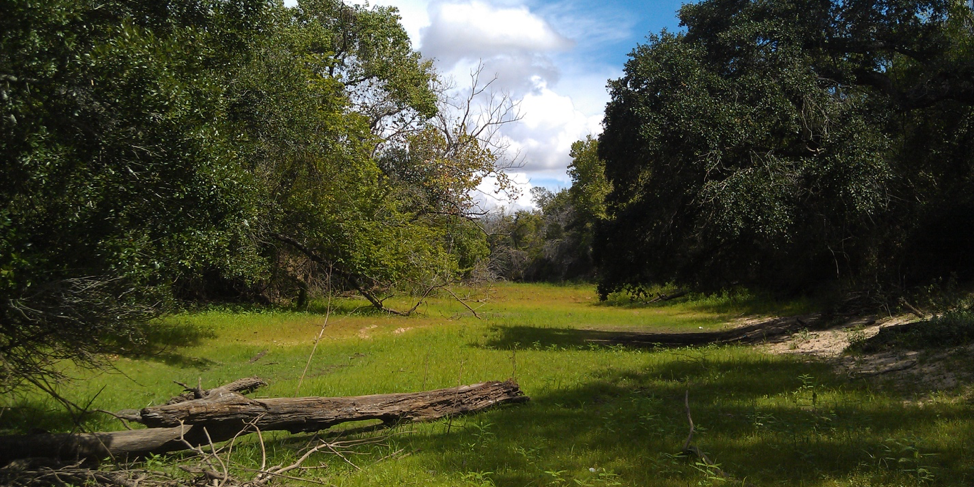Extreme Weather Risks Rising In Texas, Warns New Report
The new Texas-specific analysis fills a major data gap for policymakers and business leaders — and shows coming climate change impacts, says Texas A&M professor and state climatologist.
Mar 5, 2020

Negative extreme weather impacts driven by climate change represent a risk to current and future Texans, according to Dr. John Nielsen-Gammon, Texas State Climatologist and Texas A&M Regents Professor in the Department of Atmospheric Sciences.
In a new report published today, Nielsen-Gammon and Texas A&M researchers analyze what Texas’ climate and weather conditions will be like when the state turns 200 in 2036. Using observed and analyzed historical meteorological and climate data, the report describes future extreme weather risks facing the state.
“Anyone who is impacted by weather and climate, and anybody who cares about the future of Texas, should read this report,” Nielsen-Gammon said.
The report’s data and analysis show that:
- The number of 100-degree days will double by 2036, compared to the 2000-2018 average.
- The expected average temperature in 2036 will be about 3 degrees warmer than the average over the last half of the last century.
- By 2036, extreme rainfall is expected to be 30-50 percent more frequent than the 1950-1999 average, causing more flooding — especially in Houston and other Texas cities where impervious surfaces increase rainwater runoff intensity.
- Higher temperatures and increased rainfall variability will cause more intense droughts.
- For some parts of the Texas coast, the storm surge risk may double by 2050, due to sea level rise and more intense hurricanes.
Texas needed an updated, state-specific climate assessment, Nielsen-Gammon said; the last such assessment was published in 2011. In 2018, Nielsen-Gammon contributed to a regional climate assessment, as a regional co-author of the Fourth National Climate Assessment.
“It’s great to be able to publish projections that are specific to Texas, and it’s much more beneficial for Texans to have an assessment that’s specifically focused on the special climate, agricultural, economic and environmental situation that Texas finds itself in,” he said.
Titled “Assessment of Historic and Future Trends of Extreme Weather in Texas, 1900-2036,” the report looks only at the climate-driven aspects of future extreme events, he noted, not other drivers.
“Another thing that people in the state of Texas need to think about is, how will other factors make us more or less vulnerable to extreme environmental hazards?” Water-supply planning, urban planning, and flood control measures are just a few of the other factors that policymakers should consider as Texas’ natural hazards risks change, he said.
“Historically, it’s been more effective, cheaper and less destructive to prepare for natural disasters before they happen rather than deal with the destruction after they happen.”
Nielsen-Gammon was the lead author of the report; Texas A&M College of Geosciences students Jacob Escobedo, Catherine Ott, Ali Van Fleet, and Jeramy Dedrick also contributed. This research was funded by Texas 2036 and Texas A&M.
Nielsen-Gammon has served as Texas state climatologist for two decades, after then-Governor George W. Bush named him to the position in 2000.
By Leslie Lee, Texas A&M College of Geosciences
###
Media contact: Robyn Blackmon, College of Geosciences, (979) 845-6324, Robynblackmon@tamu.edu
